Breakthrough by Parker Solar Probe! After 60 years, origin of solar wind found, says NASA
NASA’s Parker Solar Probe mission has uncovered significant new clues about the origins of the solar wind.
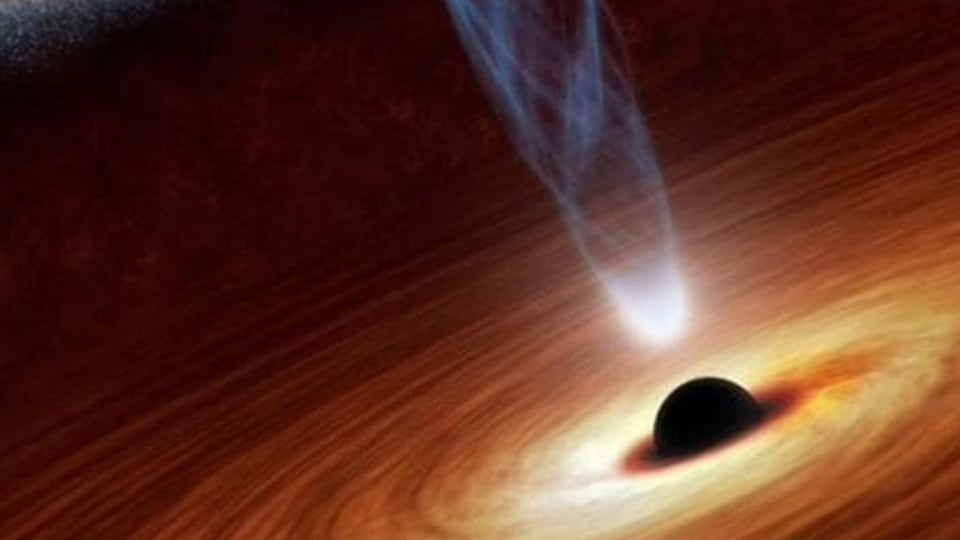

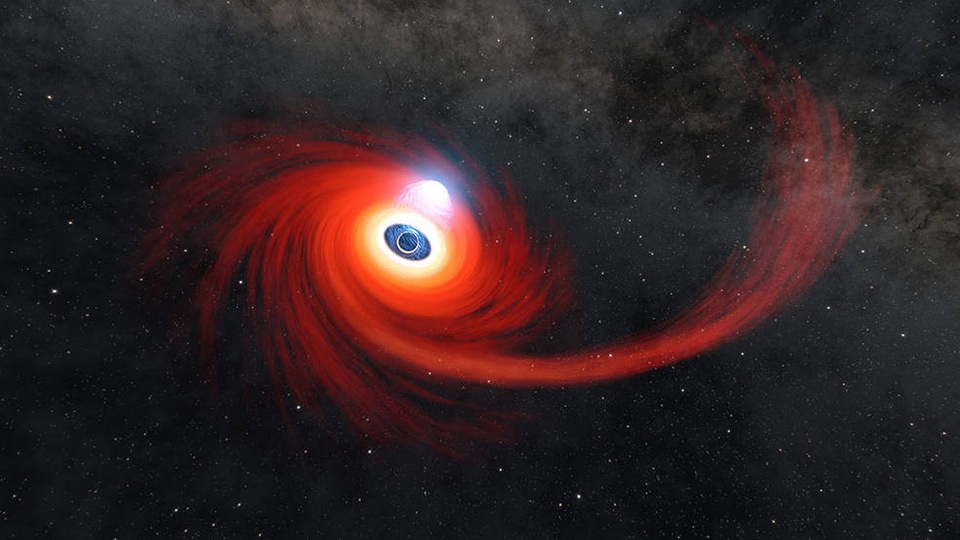
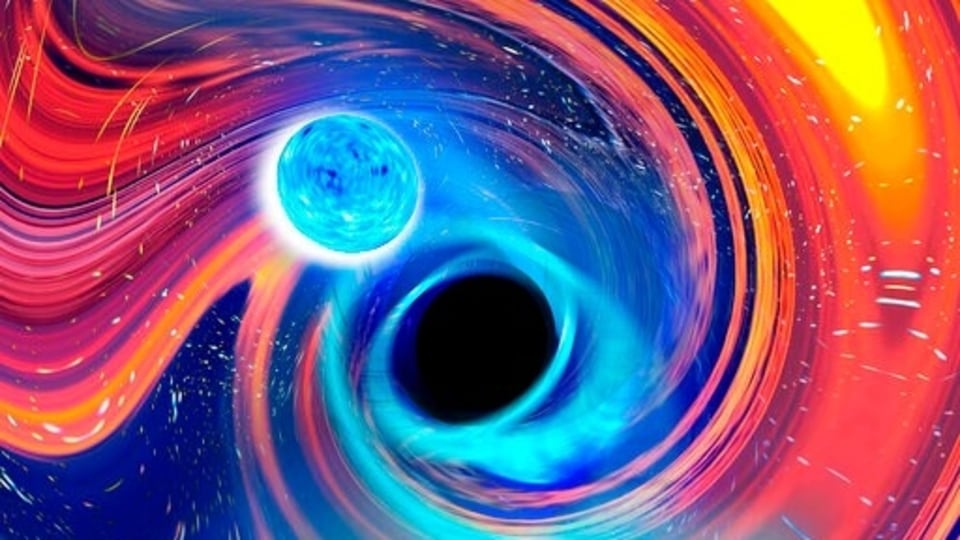
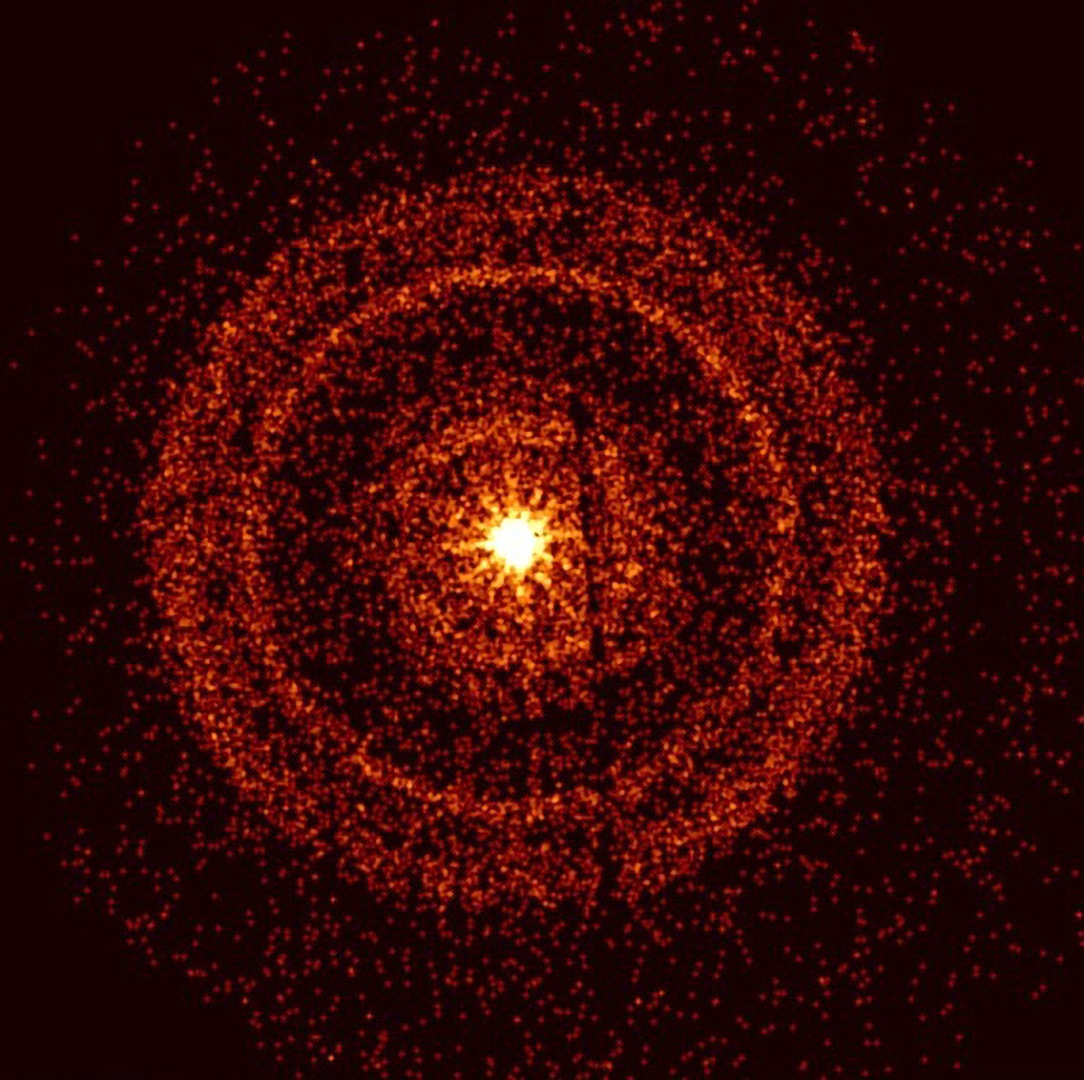
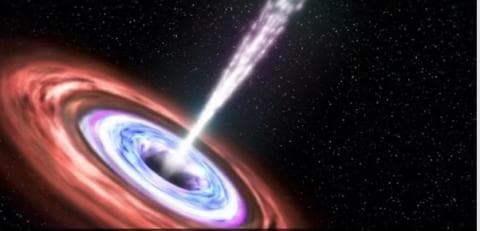
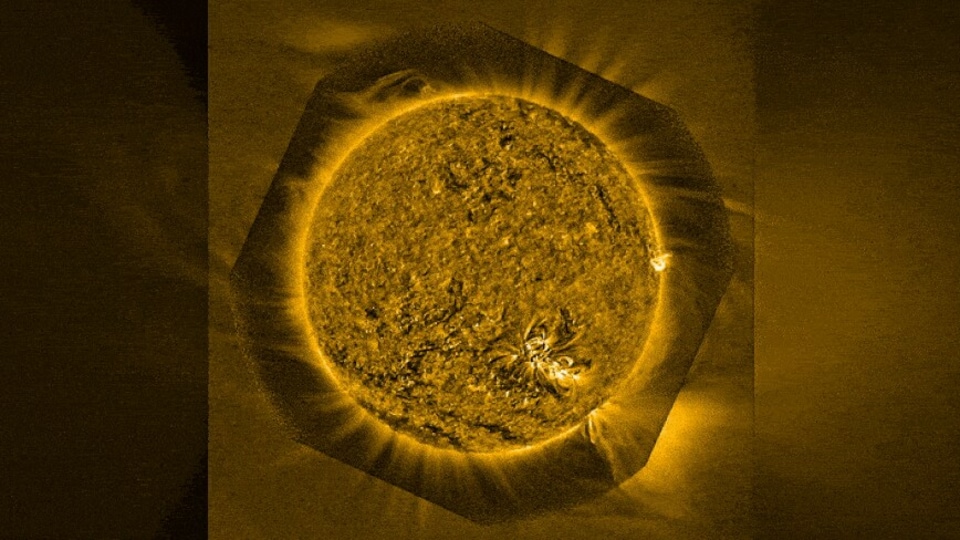
 View all Images
View all ImagesNASA's scientists have made a breakthrough in a 60-year quest to understand the origin of the solar wind. Scientists have found that the jets or jetlets, at the base of the Sun's outer atmosphere could power the solar wind. Informing about the same NASA Sun and Space tweeted, "#ICYMI - NASA scientists have made a breakthrough in a 60-year quest to understand the origin of the solar wind. They've found that tiny jets, or "jetlets," at the base of the Sun's outer atmosphere could power the solar wind."
"Scientists with NASA's Parker Solar Probe mission have uncovered significant new clues about the origins of the solar wind – a continual stream of charged particles released from the Sun that fills the solar system," NASA said in a report. Observations from multiple space and ground-based observatories show the solar wind could be largely fueled by small-scale jets, or jetlets, at the base of the corona – the Sun's upper atmosphere. This finding is helping scientists better understand the 60-year-old mystery of what heats and accelerates the solar wind.
Notably, made of electrons, protons, and heavier ions, the solar wind courses through the solar system at roughly 1 million miles per hour. When the solar wind interacts with Earth's magnetic field, it can create stunning auroras as well as disruptions in GPS and communications systems. Over time, the solar wind, and stellar winds in other solar systems, can also affect the composition and evolution of planetary atmospheres – even influencing planets' habitability.
At Earth, the solar wind is usually a constant breeze. Scientists have therefore, been looking for a steady source on the Sun that could continually power the solar wind. However, the new findings – accepted for publication in the Astrophysical Journal and published on the ArXiv, an online preprint site – show the solar wind might be largely energized and fueled by individual jetlets that are intermittently erupting into the lower part of the corona. Though each jetlet is relatively small – just a few hundred miles long – their collective energy and mass could be enough to create the solar wind.
Jetlets
Jetlets were first observed over a decade ago and are known to be caused by a process known as magnetic reconnection, which occurs as magnetic field lines become tangled and explosively realign. Reconnection is a common process in charged gases called plasmas and is found across the universe from the Sun to near-Earth space to around black holes. In the solar corona, reconnection creates these short-lived jets of plasma that pass energy and material into the upper corona, which escape across the solar system as the solar wind.
Catch all the Latest Tech News, Mobile News, Laptop News, Gaming news, Wearables News , How To News, also keep up with us on Whatsapp channel,Twitter, Facebook, Google News, and Instagram. For our latest videos, subscribe to our YouTube channel.
































